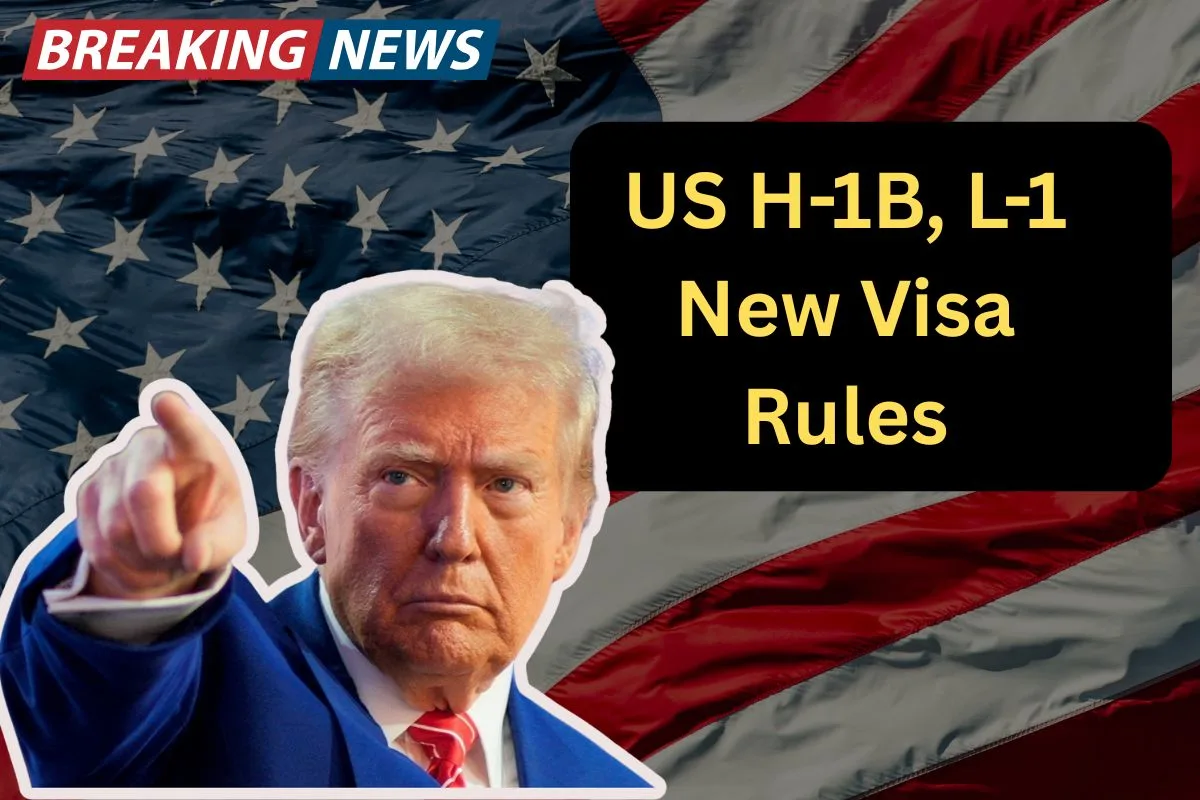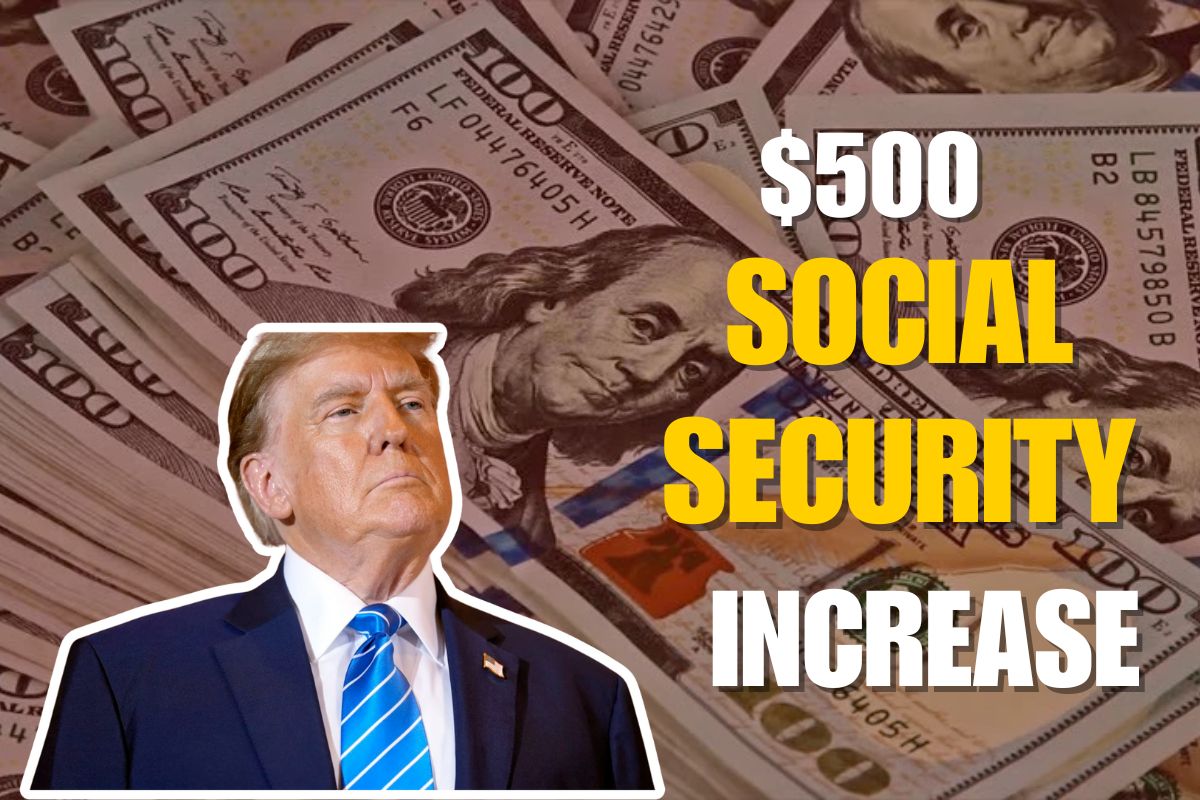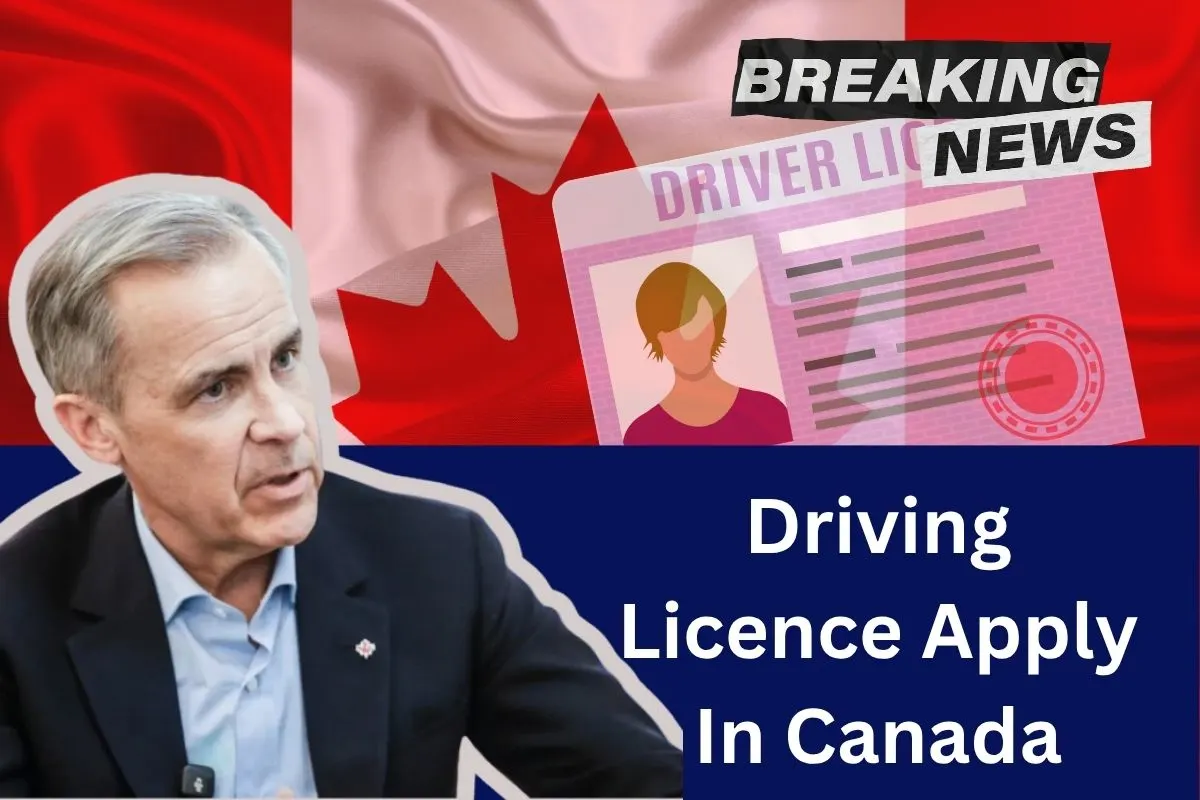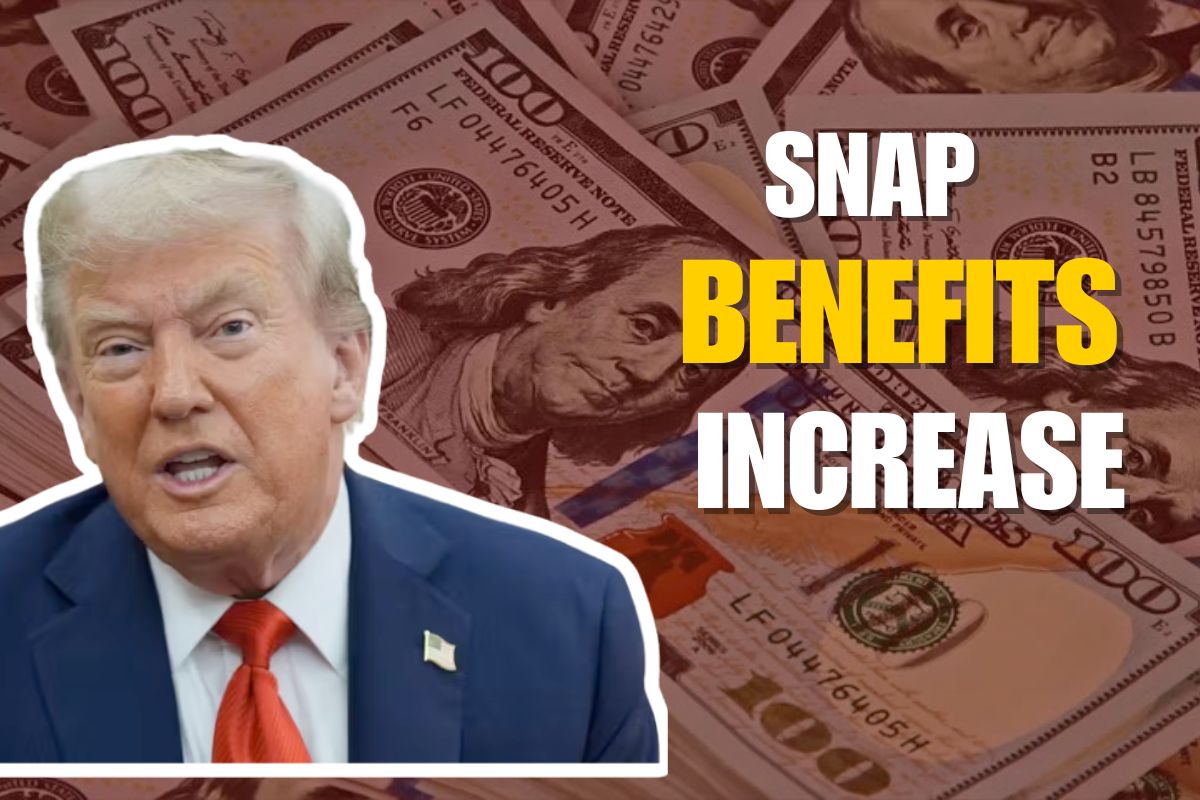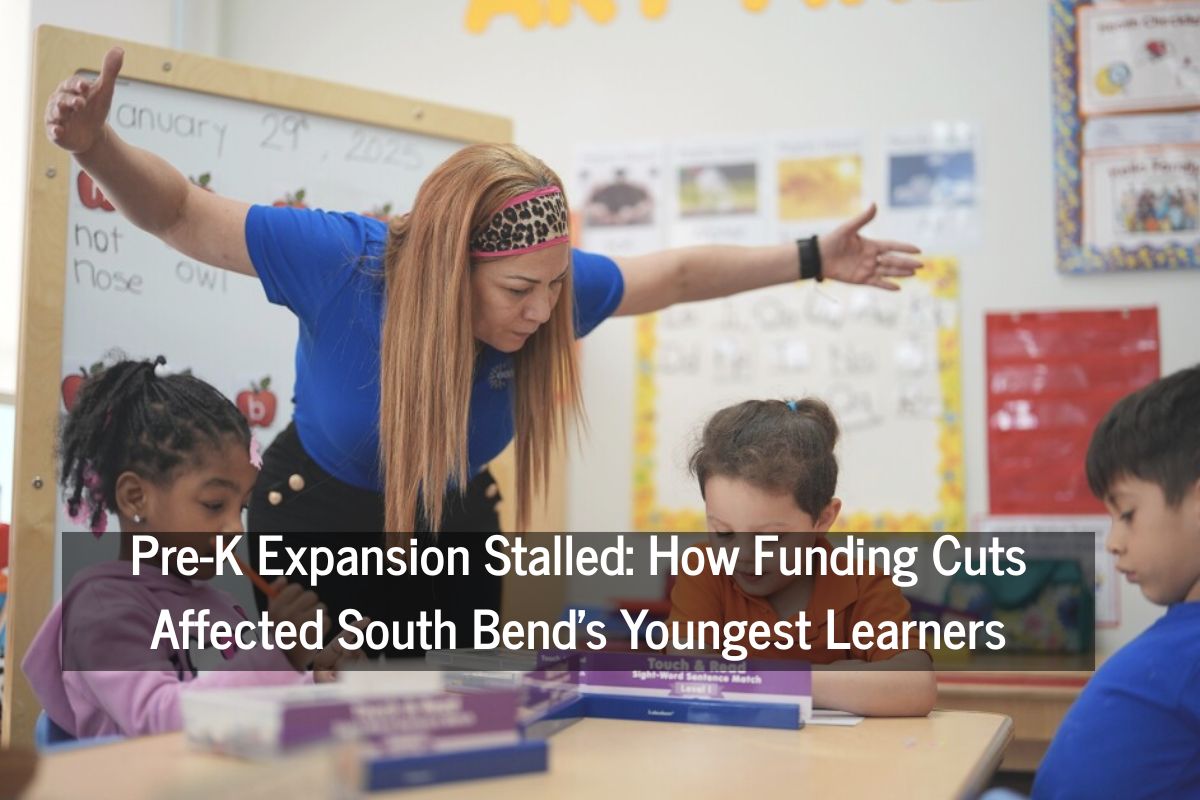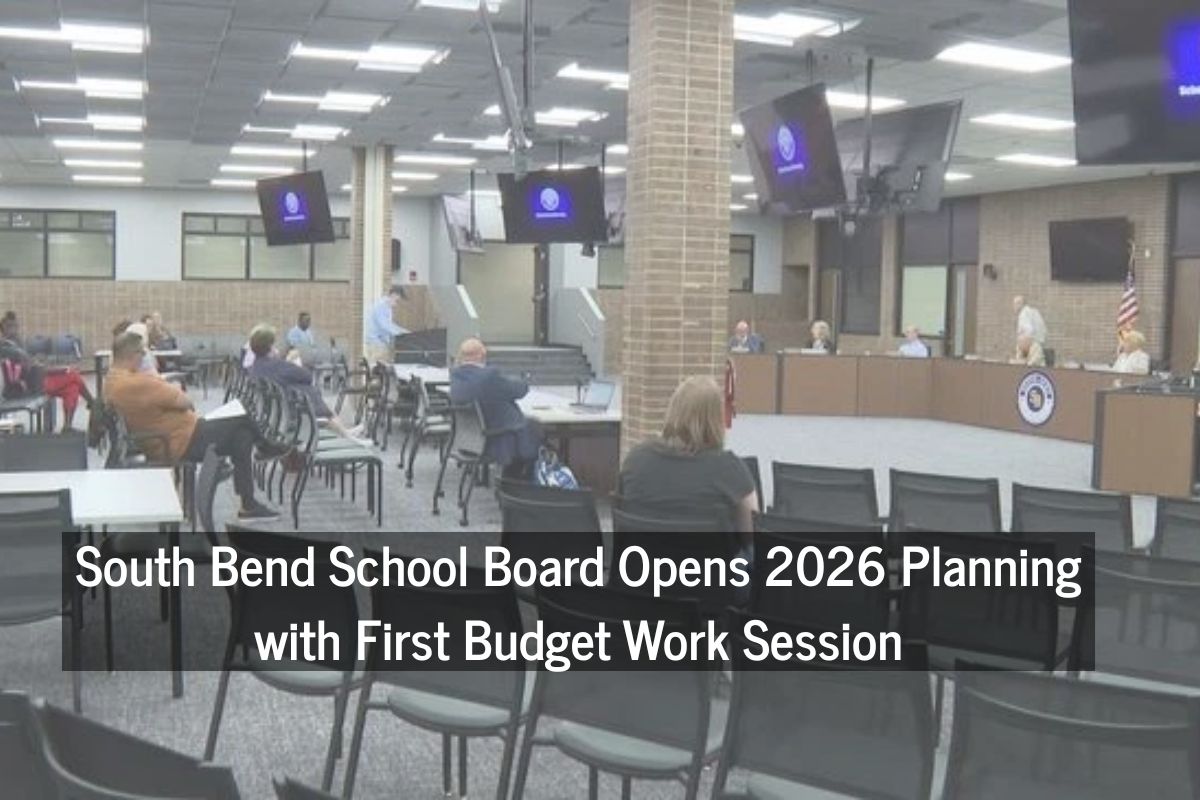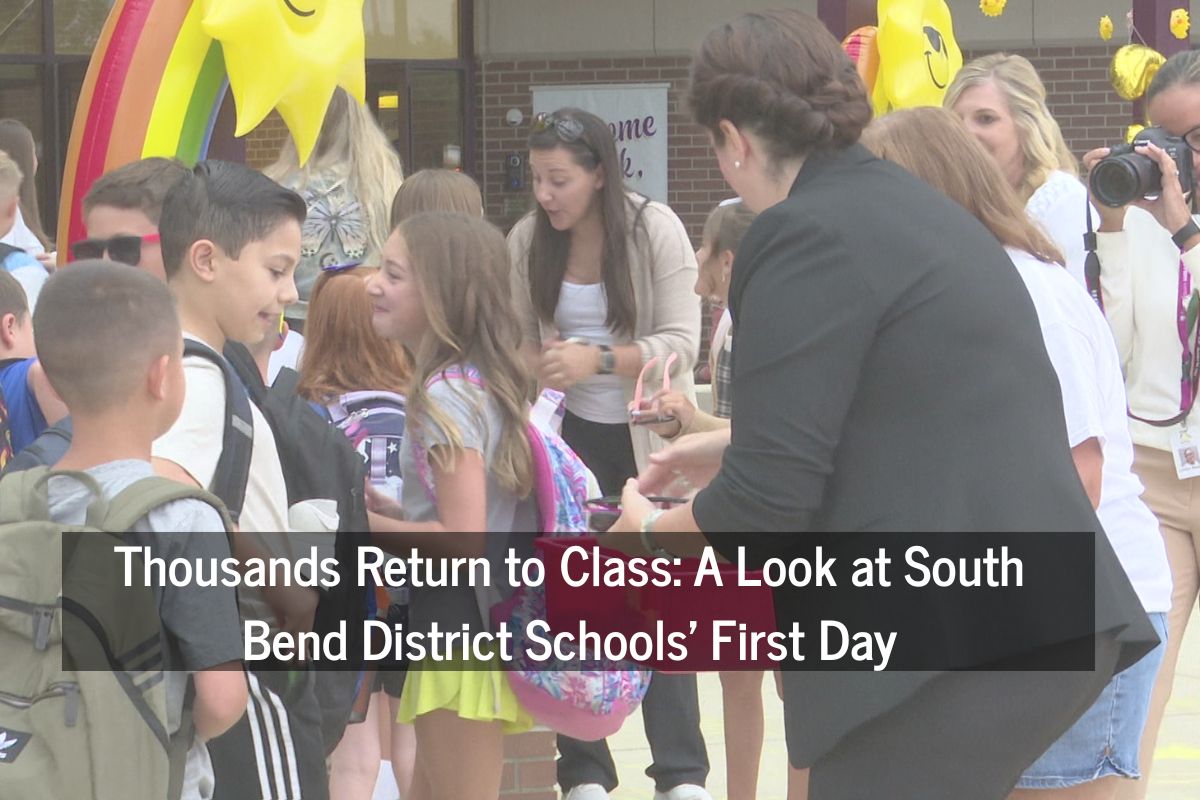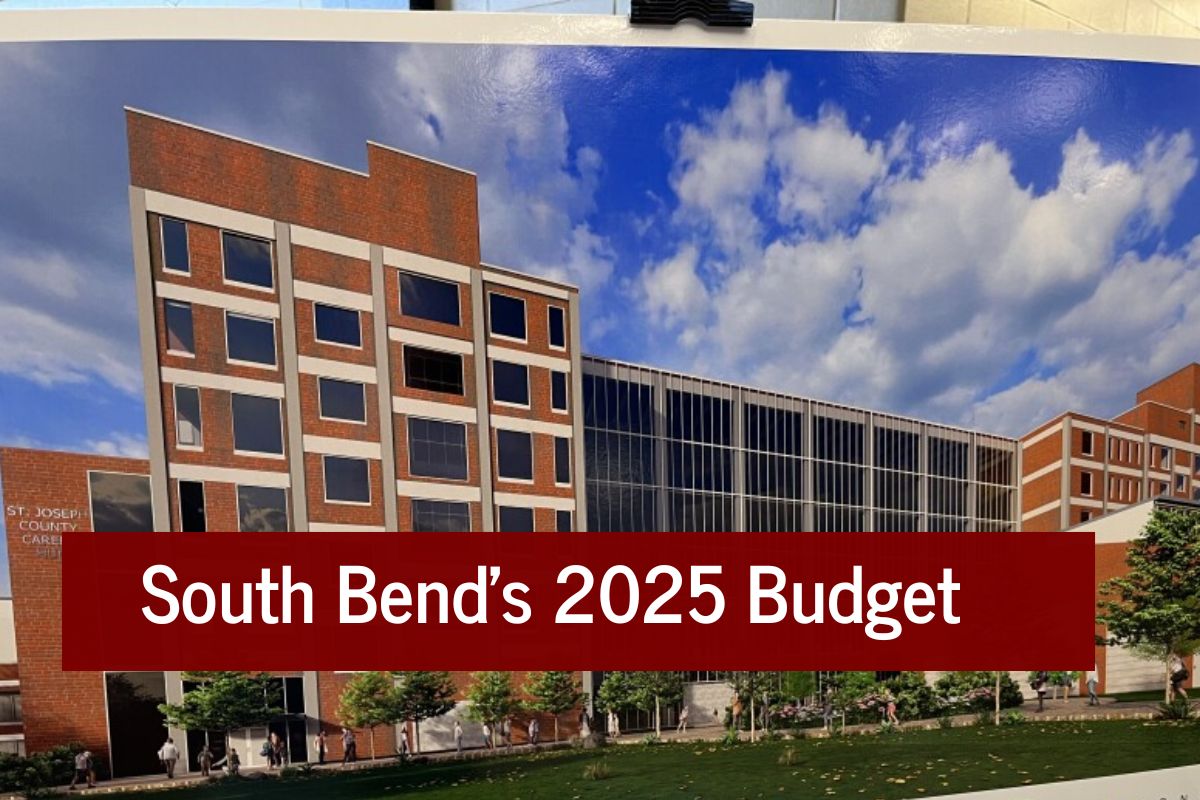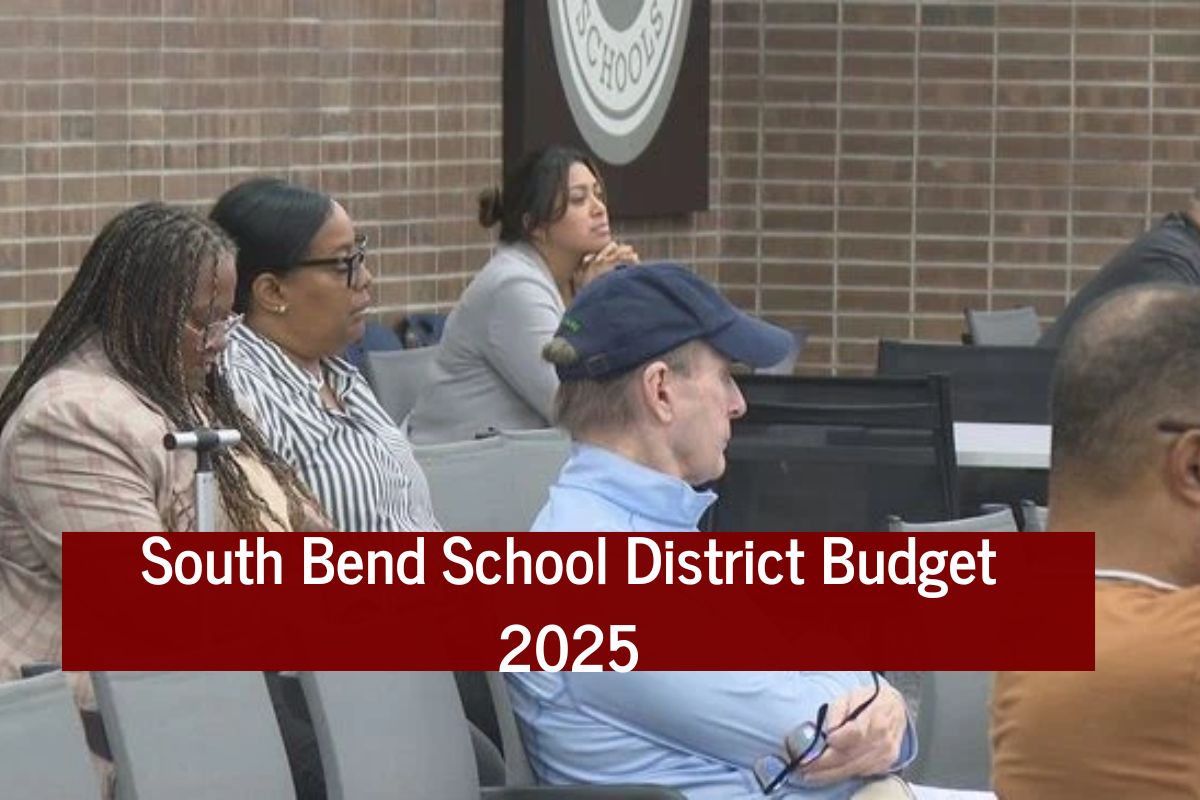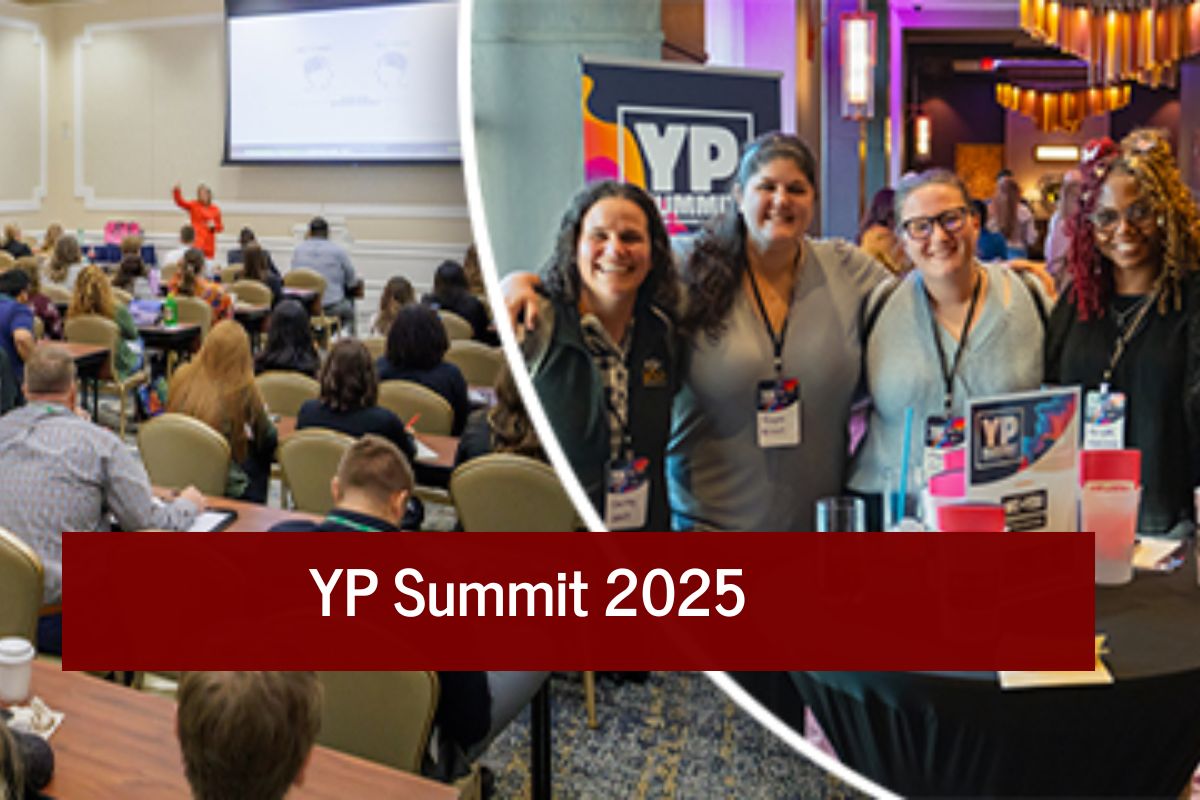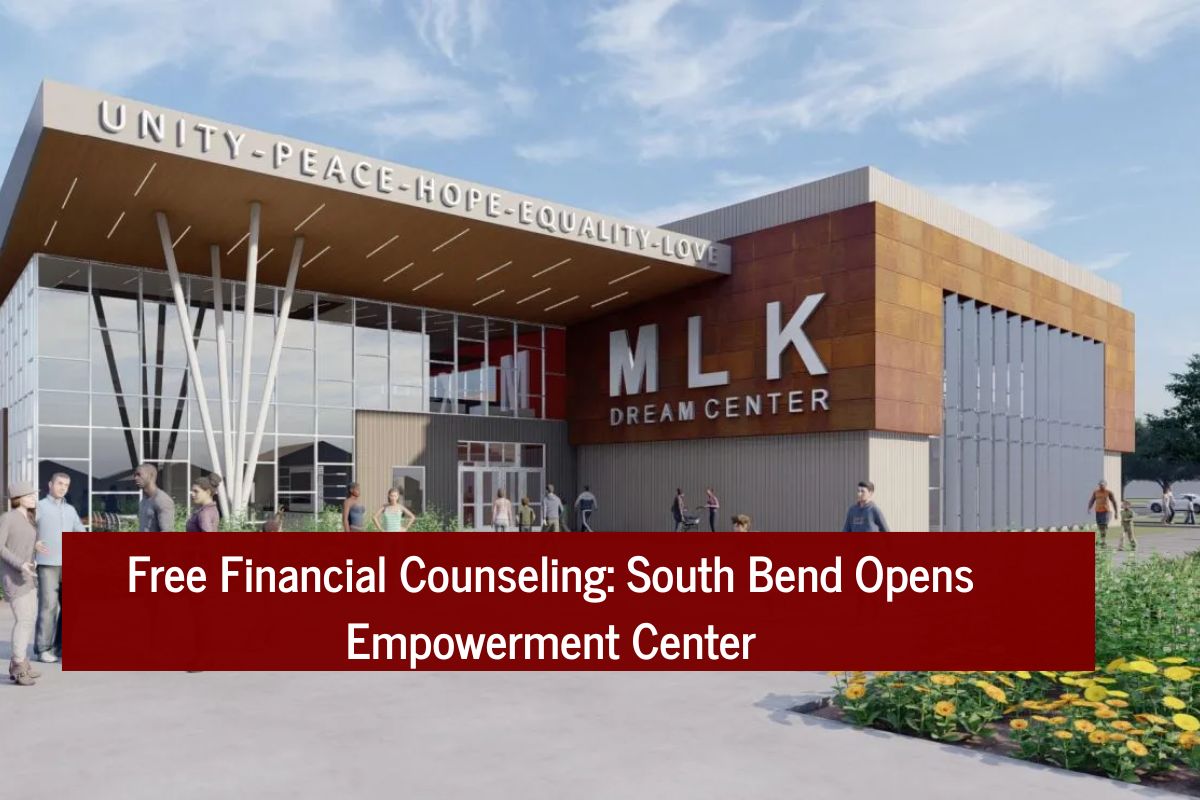The American visa system for skilled workers saw a dramatic changes in September 2025 after President Trump issued a landmark announcement imposing unprecedented fees for those who apply for H-1B visas. From September 21st 2025, employers are required to pay an astounding $100,000 for every new H-1B application which is a step to reduce abuse of the program and give priority to American workers. This massive change will affect the H-1B lottery of 2026 as well as the subsequent applications which fundamentally alter the way businesses take on the acquisition of foreign talent.
In parallel, the proposed legislation of Congress will tighten H-1B and the L-1 visa programs through merit-based selection as well as increased wage requirements and more stringent enforcement measures. These radical changes affect thousands of highly professional professionals with a high level of expertise, especially from India and India, which comprise more than 70% of beneficiaries of H-1B. The new regulations aim to transform these visa programs into cheap labor options to routes for exceptional talent.
US H-1B, L-1 New Visa Rules Overview
| Aspect | H-1B Visa | L-1 Visa |
| New Application Fee | $100,000 (after Sept 21, 2025) | Standard USCIS charges ($2,030-$8,810) |
| Additional Fees | $250 visa integrity fee | There are no additional costs |
| Eligibility | Bachelor’s degree in a specialty occupation | 1 year experience in an accredited company |
| Duration | Initial 3 years, extendable up to 6 years | L-1A: 7 years maximum L-1B: 5 years maximum |
| Company Requirement | Any US employer | Multinational with a qualifying relationship |
| Annual Cap | 85,000 (65,000 + advanced degrees of 20,000) | There is no annual cap for annual |
| Selection Method | Lottery system (merit-based reforms are planned) | Direct petition acceptance |
| Renewal Impact | No additional fee of $100,000 | Standard renewal process |
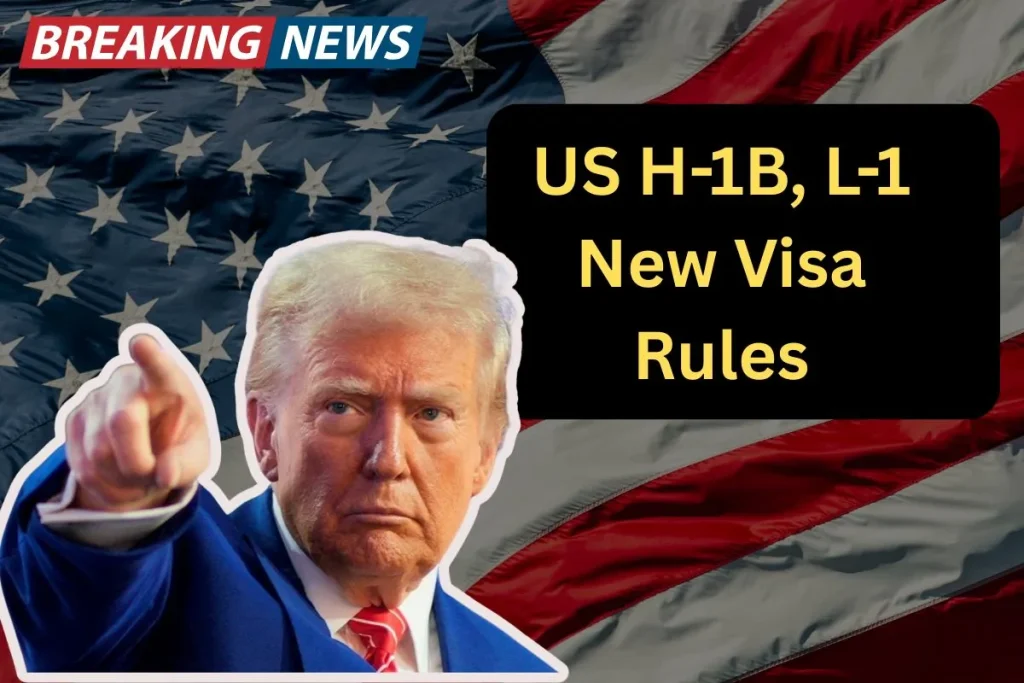
H-1B Visa Fee Changes
The most significant change to H-1B regulations relates to an introduction of a $1000-per-year fee for petitions that are submitted on or after September 21st 2025. This fee is only for new applications, and does not apply to renewal petitions or current visa holders. This proclamation is specifically targeted at the H-1B lottery in 2026 and the subsequent new applications however, it does not apply to petitions submitted previously. H-1B holders who are currently in the program will continue to enjoy their privileges to travel and renewal rights, with no additional charges.
Furthermore, H-1B applicants have to pay a brand new $25 “visa integrity fee” on in addition to the standard processing fee. The fee is not refundable and can only be refunded with strict conditions upon the expiration date of the visa. The combination of fees creates a major financial hurdle and pushes the total cost of new H-1B applications far beyond the previous level.
H-1B Eligibility Requirements
H-1B visa eligibility is based on specialization requirements for occupations and demanding positions that require bachelor’s degree or higher in highly specialized areas. Candidates must have an academic qualification that is relevant or comparable to professional experiences. Employers must show that the job needs specialized expertise not normally used in similar jobs. Employers are required to pay the wage that is in effect for the area of work or the wage they actually pay for similar positions, which is greater.
The forthcoming Department of Labor rulemaking will likely raise the prevailing wage level which will make H-1B employment more costly. It is expected that the Department of Homeland Security plans parallel rulemaking to focus on highly-skilled employees with high salaries in the system of lottery. These modifications aim to ensure H-1B programs meet their stated goal of attracting top talent instead of cost-effective labour alternatives.
L-1 Visa Cost Structure
L-1 visa costs are significantly less than H-1B fees as well as the regular USCIS filing fees ranging from $2.030 to $8,810 based on the company’s size and the composition of its employees. The fees vary depending on whether more than half the company’s workforce is in H-1B or even L-1B. In contrast to H-1B visas L-1 petitions do not have a charge of $100,000, which makes these visas increasingly appealing to multinational corporations. Premium processing is still accessible for quicker adjudication at extra cost.
L-1 Visa Eligibility Criteria
L-1 visas require candidates to be employed by multinational firms that have a qualifying relationship with foreign and US organizations. The applicant must have worked in a continuous capacity for a foreign company for a minimum of one year in the period of three years prior to the transfer. The L-1A classification is for executives and managers, whereas L-1B caters to employees with specific understanding of the company’s processes, products or processes.
The US employer has to be active in its business operations and establish an acceptable relationship with the foreign company through affiliate, parent, subsidiary or branch office connections. When opening the opening of new US office locations, companies have to present business plans that are viable to justify the transfer of employee’s position. The requirement for specialized knowledge for L-1B visas calls for skills that are not typically available on the US labour market.
Proposed Legislative Changes for US H-1B, L-1 New Visa Rules
The H-1B and L-1 Visa Reform Act, which was reintroduced in the Senate by Senate Judiciary Committee leaders, proposes sweeping modifications to the two visa programs. The legislation aims at replacing the current lottery for H-1B with an merit-based system that prioritizes American-educated professionals specifically in STEM-related areas. The proposed wage hikes and improved requirements for job postings are designed to avoid the loss by American workers.
For L-1 visas The bill addresses limitations on outplacement and improves supervision standards. New safeguards to protect wages and the displacement of workers are targeted at companies that use L-1 visas in order to circumvent conventional hiring procedures. The increased compliance requirements and the penalties for violations are a reflection of the congressional intention to restore the visas’ original intent.
The H-1B and the L-1 visa reforms are the biggest change to immigration programs for skilled workers in a long time. The H-1B cost of $100,000 changes the economics for employers, while the proposed legislative reforms are expected to add more limits and merit-based eligibility criteria. These changes are a reflection of larger policy shifts to placing a higher priority on American workers and making sure that the programs for foreign workers meet their primary purpose of high-skilled workers instead of cost-cutting strategies. Prospective applicants and companies must take note of the requirements and costs when designing their plans for their workforce. The changes signal a continued determination to change the structure of programs to attract skilled workers and further changes are expected to be made in 2026, as the regulatory process take place.
FAQ’s
Does the H-1B $100,000 fee be applicable on current H-1B visa holders?
The fee of $100,000 applies only to H-1B petitions that are submitted following September 21 2025. Current H-1B applicants do not face additional charges for renewals or travel. The proclamation specifically excludes existing visa holders as well as those who have previously submitted petitions from this obligation. Renewal applications are still subject to regular fee structures and do not incur the extra charge of $100,000.
Employers can transfer their employees on L-1 visas in order to avoid H-1B fee?
L-1 visas facilitate intracompany transfers for multinational corporations and are not affected by the H-1B fee increase. However, eligibility for L-1 visas is dependent on specific relationships with companies as well as employee experience requirements that a lot of employers do not satisfy. An employee has to have been employed by the foreign company for a minimum of one year in a row and the employer have to maintain their qualifying relationships. L-1 visas are not a substitute for general skilled worker hiring, which H-1B visas usually address.
Do the proposed legislative changes impact current Visa holders?
The legislation proposed by Congress is focused on future applications processes, rather than retroactive modifications for current visa holders. Merit-based systems of selection and higher wages will be a major factor for new applicants during future lottery cycles. However, renewal applications could have to meet updated requirements for wage rates in the event that Department of Labor rulemaking proceeds. Visa holders who are currently in the process of renewing their visas should be aware of the developments in the regulatory arena, but do not face immediate changes to their status due to legislation that is being considered.
